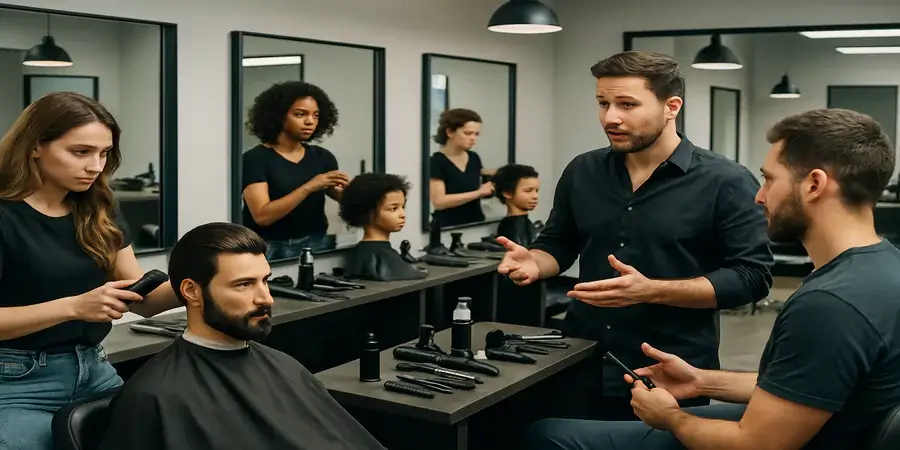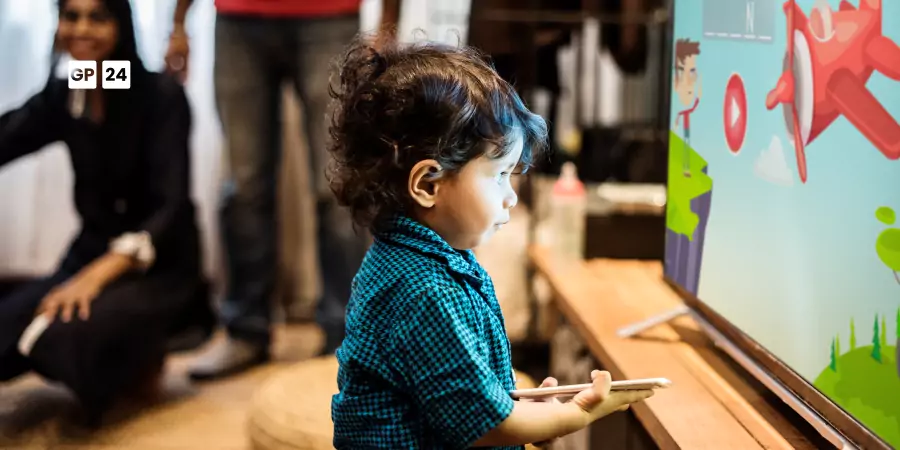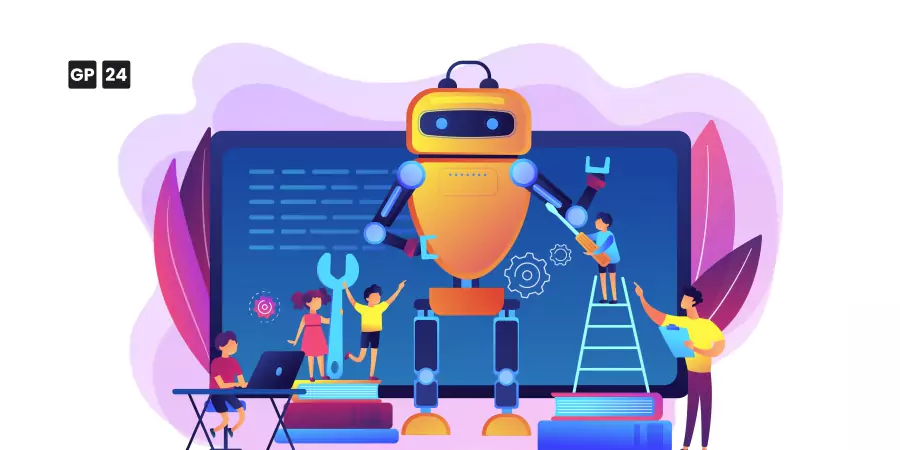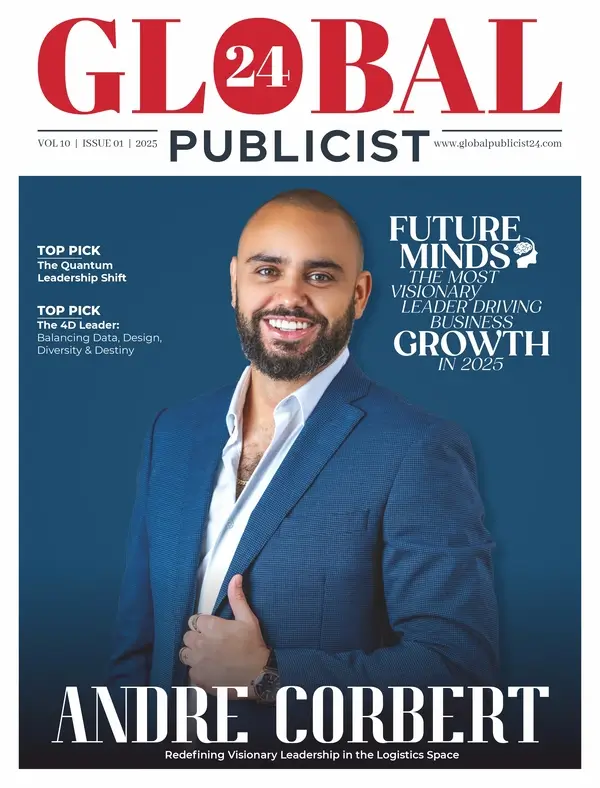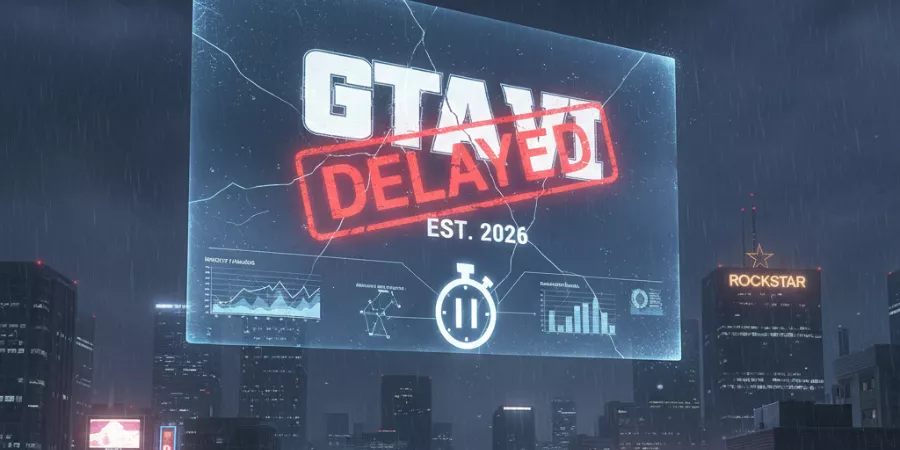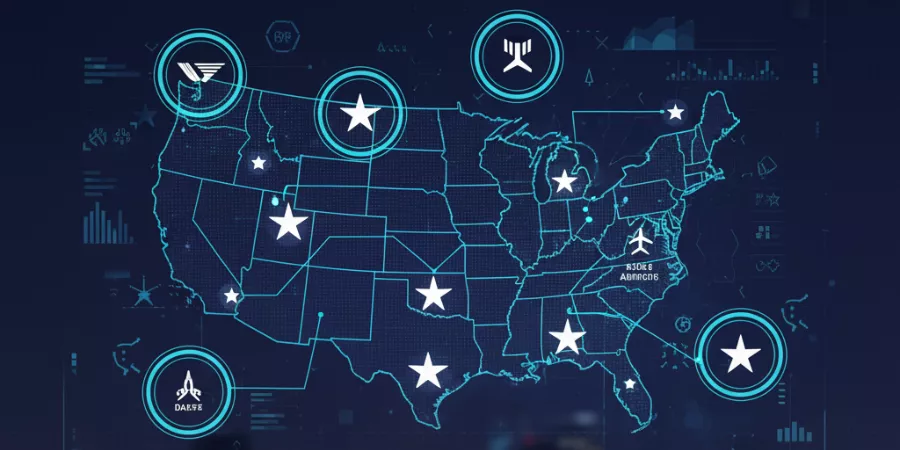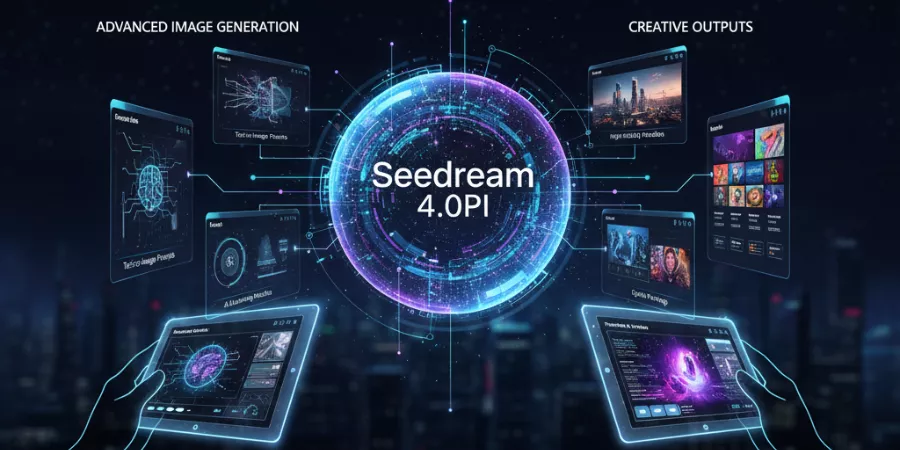For years, vocational education was seen as the “backup plan.” University first, trades second – that was the hierarchy most of us grew up with. I think that’s slowly crumbling now. You see it in fields like coding bootcamps, culinary schools, even barbering. And barbering is a fascinating one because it shows how a so-called “old trade” can actually feel modern and entrepreneurial when it’s taught the right way. A decent barber training program is not just clippers and scissors – it’s about building confidence, learning how to interact with people, even how to run your own business one day. And that flips the old story of vocational training on its head.
From craft to actual profession
Ask most people what they think a barber does and they’ll say “cut hair.” Sure. But go inside a training program and it’s very different. It’s about precision, style, fashion awareness, and keeping people safe with proper hygiene standards. That’s the point – it’s professionalized now. What was once thought of as a basic skill has been elevated into something that carries real credibility. And if you look around, you’ll see the same trend in other trades too – electricians doing advanced certification, chefs training in nutrition, even plumbers using smart tech tools. The craft gets refined, and with refinement comes respect.
The human side matters more than you think
One thing I didn’t realize until speaking with a barber friend: half the job is listening. Clients want to be heard, not just trimmed. Someone brings in a photo of a footballer haircut that won’t actually suit them, and the barber has to gently steer them elsewhere without making them feel ridiculous. That’s where learning soft skills comes in. Programs that get this right don’t just turn out technicians, they produce professionals who know how to build trust and keep customers coming back. And really, isn’t that the same across industries? A mechanic, a designer, a nurse – all of them succeed or fail on how well they communicate, not just the technical stuff.
A pathway into running your own thing
What makes barber training particularly interesting is that many graduates end up self-employed. It’s not just about finding a job, it’s about creating one. A good program doesn’t shy away from this – they’ll teach you the basics of finance, marketing, client retention. How to keep the books balanced and how to build a loyal base. That’s huge, because it reframes vocational education as entrepreneurial training. Imagine if more programs did this – if carpenters, chefs, or digital designers came out of school not just knowing their trade but also knowing how to build a business. That’s where the really valuable business insights come from.
Stability and accessibility
The last point is simple but important. University isn’t for everyone – too expensive, too long, or just not the right fit. Barbering gives people a shorter, more affordable way into work. And it’s stable. People will always need a haircut, no matter how digital or automated the world becomes. That makes it almost “future-proof,” which you can’t say for a lot of white-collar jobs right now. When vocational programs are positioned this way – not as second-best but as smart, resilient choices – it shifts the conversation. It says you don’t need a desk job to have dignity and opportunity.
Final thought
Barbering may look like a niche example, but it points to something bigger: vocational education, when done well, produces professionals, not placeholders. It blends technical mastery with people skills, creates entrepreneurs, and provides careers that actually last. If education leaders are serious about building resilient workforces, they need to look closely at these models. Sometimes the clearest innovation isn’t in Silicon Valley or a corporate boardroom – it’s in a barber’s chair.

